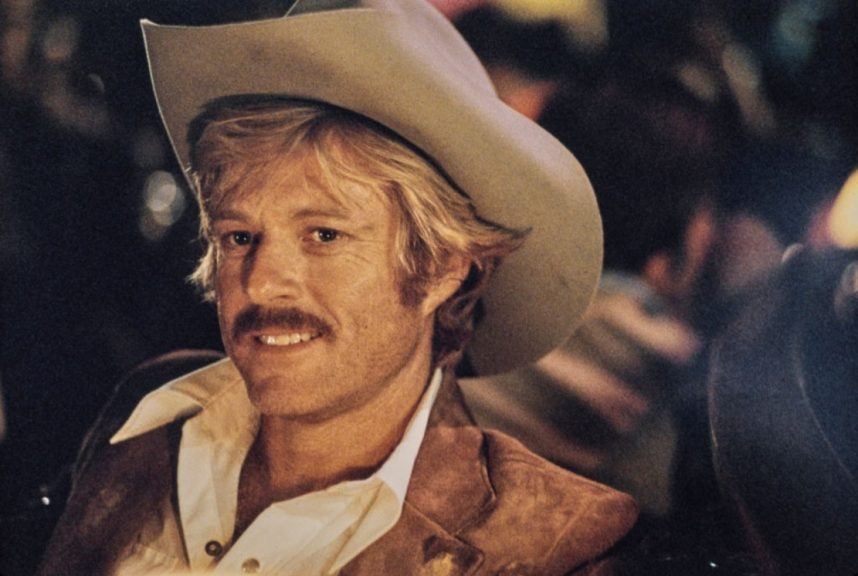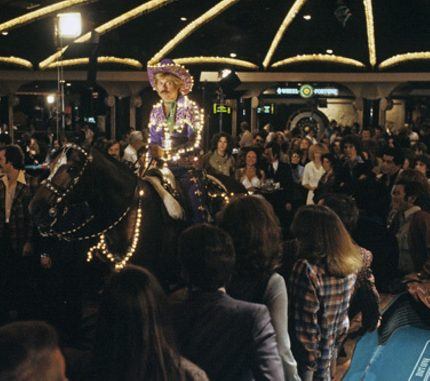Actor Robert Redford, Who Rode a Horse Through Las Vegas’ Heart, Dies at 89
Posted on: September 16, 2025, 10:51h.
Last updated on: September 16, 2025, 11:04h.
- Acclaimed actor Robert Redford died Tuesday at age 89
- Redford had deep ties to Las Vegas, most famously riding a horse on the Strip in the 1979 film “The Electric Horseman”
- A longtime environmental activist, Redford actively worked to protect Nevada’s wild horse population and desert landscape
Robert Redford, the Oscar-winning actor, director, and founder of the Sundance Film Festival, died on Tuesday morning at age 89. He was “at his home at Sundance in the mountains of Utah — the place he loved, surrounded by those he loved,” publicist Cindi Berger said in a statement. No cause of death was announced.

Though best known for his roles in “Butch Cassidy and the Sundance Kid,” “The Sting,” and “All the President’s Men,” Redford’s ties to Las Vegas — both personal and cinematic – ran deep.
Born Charles Robert Redford Jr. in Santa Monica, Calif., Redford eloped to Las Vegas in 1958 with his first wife, Lola Van Wagenen. The couple married on August 9 at a modest chapel off the Strip, beginning a nearly three-decade union that would shape Redford’s early years as a struggling actor and young father.

Redford’s professional relationship with Las Vegas was more flamboyant. In Sydney Pollack’s “The Electric Horseman” (1979), his character famously rides a thoroughbred stallion through the gaming floor at Caesars Palace and out onto the Strip while wearing a glowing, lightbulb-studded suit.
Redford returned to Vegas in Adrian Lyne’s erotic drama “Indecent Proposal” (1993), playing the billionaire who offers $1 million for a night with Demi Moore’s character. That scene, and much of the rest of the film, was shot at the Las Vegas Hilton (now the Westgate).
Environmental Activism
Beyond the screen, Redford lent his voice to environmental causes in Nevada, which houses just under half of the nation’s wild horses.
He was one of the few public figures to challenge the Bureau of Land Management (BLM) over its treatment of wild horses, condemning helicopter roundups across Nevada and supporting relocation initiatives tied to the Sheldon National Wildlife Refuge. He also lobbied Nevada’s congressional delegation to support reforms to the Wild Free-Roaming Horses and Burros Act of 1971, demanding stricter oversight of BLM practices and greater transparency in population estimates.
Redford was also a prominent advocate for desert ecosystems, joining conservationists in opposing the Southern Nevada Water Authority’s 1989 plan to siphon groundwater from eastern Nevada valleys to Las Vegas. He was also a vocal supporter of federal protections for Nevada’s desert landscapes, particularly those granted under the Antiquities Act of 1906. He praised the use of this authority to create the Gold Butte National Monument near Mesquite and the Basin and Range National Monument in Nye County as “acts of cultural and ecological preservation,” applauding their role in safeguarding petroglyphs, rare desert species, and vast stretches of undisturbed wilderness from mining and development.
Redford is survived by his wife, Sibylle Szaggars Redford, an environmental artist, and his children Amy and Shauna. He was preceded in death by his son James and infant son Scott. His legacy lives on not only in the films he made and the festival he founded, but in the wild horses that still run free and the deserts that remain unmined in Nevada, and in the memories of a town that once saw him ride a horse through its heart.
No comments yet